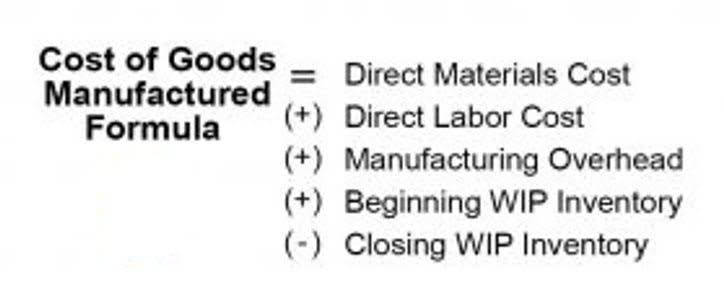For example, current year revenues might have doubled from last year, but expenses might have tripled. In this case, the department is operating less efficiently than it could be. The department manager should focus on increasing revenues while maintaining the same cost levels. A Profit Center is a department of the company that not only adds to its Expenses but helps generate significant Revenue. Each Profit Center within an organization operates more or less separately and has its own Revenue and Expenses. The idea behind having Profit Centers or Cost Centers is similar to that of slicing a pizza into slices.
How Profit Centers Are Viewed
You learned what they are, how businesses use them, examples and more. Hopefully this article answers all of your questions about profit centers. The new factory will be considered an entirely separate profit center. That means what is a w2 form Rick can make decisions without worrying about how it affects the other business. Any division of the organization that does not directly contribute to Net Profits but still generates costs while assisting key operations.
- There are several actions that could trigger this block including submitting a certain word or phrase, a SQL command or malformed data.
- It might end up being less about the money and more about trying to determine which areas are causing problems.
- The owner of this website may be compensated in exchange for featured placement of certain sponsored products and services, or your clicking on links posted on this website.
- A Profit Center can also be referred to as a revenue center or even a business unit.
What is the primary role of a profit center within a business?
They will view things like overhead, expenses and gross margin as pure numbers. Other companies may take into account how it affects people within the organization. It might end up being less about the money and more about trying to determine which areas are causing problems. Some businesses use profit centers as a way to measure the effectiveness of individual parts of the business. The goal is to make sure that each sector is making money and producing income for the company. This should be done without involving too much red tape or bureaucracy.
Profit Centers vs. Cost Centers and Investment Centers
A profit center is a business unit or department within an organization that generates revenues and profits or losses. Management closely monitors the results of profit centers, since these entities are the key drivers of the total results of the parent entity. Management typically uses profit center results to decide whether to allocate additional funding to them, and also whether to shut down low-performing units. The manager of a profit center usually has the authority to make decisions regarding how to earn revenue and which expenses to incur. Cost centers, on the other hand, can’t be definition have profits because they only consume recourses without actually contributing to the revenues of the company. This is a necessary department that doesn’t generate revenues at all.
SuperMoney strives to provide a wide array of offers for our users, but our offers do not represent all financial services companies or products. It’s single or multiple sources of income that contribute to an organization. You’ll learn what they are, examples of profit centers, and much more. A profit center is a part of a business which is expected to make an identifiable contribution to the organization’s profits. Profit centers may be included in the segment reporting of a publicly-held entity. Privately-held businesses do not have to report this information as part of their financial statements.
Once you’ve gained a solid understanding of these two concepts, you will be one step closer to seizing the decision-making levers within your organization. To reduce its costs and drive up profits what the cost center must do is work towards greater operational efficiency. For example, optimizing customer service solutions empowers retention ledger account definition and increases product value, which in turn translates to bolstered brand reputation and ultimately higher sales. Other types of reporting entities within a business are the cost center and investment center. A cost center is only responsible for its costs, while an investment center is responsible for its return on assets.
Higher-level management tends to analyze the performance of a cost center by comparing the estimated budgeted numbers for the period with the actual results. If the center managers can achieve the budgeted numbers, they are considered efficient and effective managers. A profit center is a single source of income for an organization. That means all the revenue and expenses for a profit center should add up to make net income.
Its profits and losses are calculated separately from other areas of the business. Cost Centers function best in cooperation with other divisions and departments. Some cost centers https://www.quick-bookkeeping.net/what-is-a-qualified-retirement-plan/ like Human Resources work with every department of the company and support multiple processes. The larger the company, the more and better-integrated Cost Centers it will have.
A profit center manager is held accountable for both revenue and costs (expenses), and therefore for profits. This means that the manager is accountable for driving the sales revenue generating activities which lead to cash inflows https://www.quick-bookkeeping.net/ and at the same time controlling the cost-generating activities. This makes the profit center management more challenging than cost center management. An example of a profit center is the selling or sales department.





